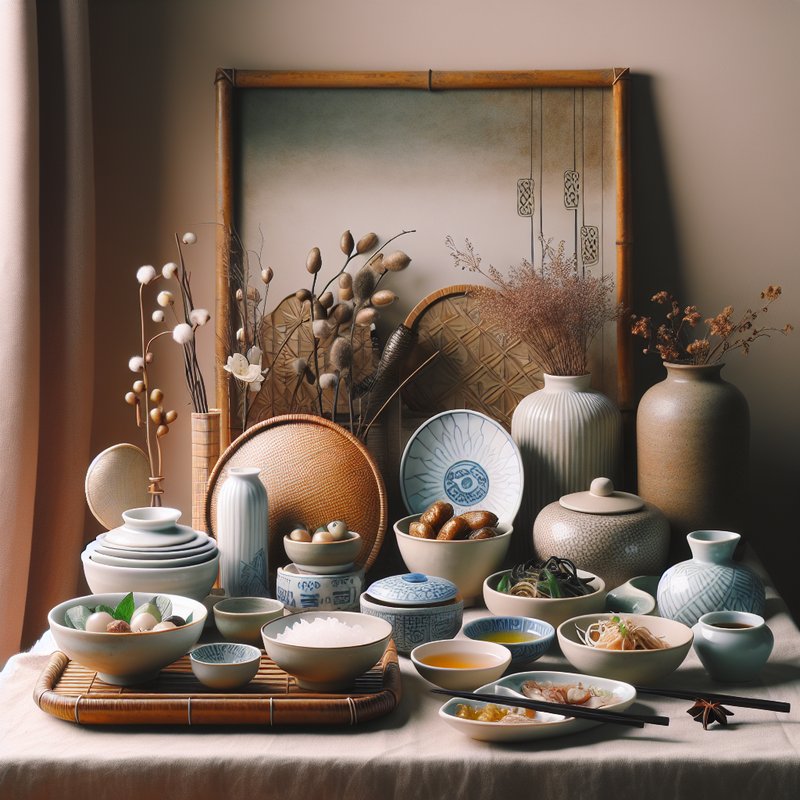The Significance of Side Dishes in Vietnamese Cuisine

In Vietnam, meals are often seen as a communal activity that brings families and communities together. Side dishes play a crucial role in this cultural practice as they embody traditional tastes and communal sharing. These small dishes often vary from one region to another, each offering unique flavors and textures that add richness to a meal.
Unlike Western cuisine, where side dishes might serve as a mere accompaniment, in Vietnamese cooking, they stand as a testament to the interplay of textures, temperatures, and flavors. Vegetables, pickles, and small portions of protein are thoughtfully balanced with the main dish, each playing an essential role in the composition of a meal.
Exploring Popular Vietnamese Side Dishes

One of the most iconic side dishes is “Goi Cuon,” or fresh spring rolls, known for their versatility and freshness. Wrapped in rice paper and filled with herbs, shrimp, or pork, they are frequently served with a hoisin-peanut dipping sauce. Goi Cuon adds a light and refreshing component to meals, contrasting richer dishes.
Another staple is “Nuoc Cham,” a fish sauce-based condiment that is a quintessential element on the Vietnamese table. It’s a sauce that varies by household and region, typically including lime, sugar, chili, and garlic. This sauce not only accompanies side dishes but also enhances the flavors of main courses, acting as a balancing agent for different flavors.
“Banh Xeo,” crispy Vietnamese pancakes, exemplifies the French influence on Vietnamese cuisine. These pancakes are typically filled with shrimp, pork, and bean sprouts. Served with fresh herbs and dipped in Nuoc Cham, Banh Xeo offers a satisfying crunch and a medley of flavors in each bite.
The Cultural Context of Vietnamese Side Dishes

Side dishes in Vietnam are more than just food; they represent cultural identity and historical influences. Many of these dishes have been shaped by the country’s geography, history, and interactions with other cultures such as China and France. For instance, the use of rice paper in Goi Cuon and Banh Xeo’s crepe-like texture highlight these culinary crossovers.
Furthermore, Vietnamese side dishes reflect the country’s agricultural bounty. Freshness is paramount, with herbs, vegetables, and seafood playing starring roles, influenced by the tropical climate which provides an abundance of fresh produce. This commitment to freshness and variety is a cornerstone of Vietnamese culinary tradition.

Leave a Reply